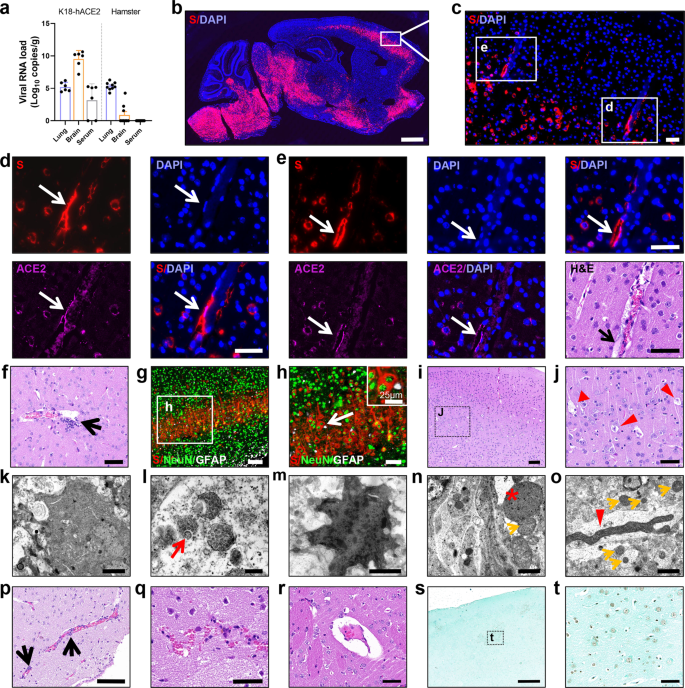
And they failed to concentrate in the nerve-cell membranes, where they function. They were bright when a cell was resting and dimmed when the cell fired an action potential, producing signals that were tough to distinguish from the background. “But probes that looked great often didn’t behave in ways that were useful.”Įarly GEVIs disappointed on several levels. “Being able to visualize voltage changes in a cell has always been the dream,” says neuroscientist Bradley Baker at the Korea Institute of Science and Technology in Seoul. But they have proved frustratingly difficult to use. Because GEVIs can be targeted to individual cells and directly indicate a cell’s electrical signals, researchers consider them to be the ideal probes for studying neurons. GEVIs are voltage-sensitive, fluorescent proteins that change colour when a neuron fires or receives a signal. Storace, now an assistant professor at Florida State University in Tallahassee, plans to use these sensors, known as genetically encoded voltage indicators (GEVIs), to study how neurons in the olfactory bulb sense and react to smells. And it’s a testament to just how tricky it is to correctly express these sensors and track their signals. The bill is a handy reminder that the experiments he aims to try in his new lab can work.

His postdoctoral mentor, Larry Cohen at Yale University in New Haven, Connecticut, bet that Storace couldn’t express a protein sensor of voltage changes in mice back in September 2012. Credit: A.S Abdelfattah et al./Scienceĭouglas Storace still has the dollar bill that he triumphantly taped above his laboratory bench seven years ago, a trophy from a successful wager.

Fluorescent proteins that react to voltage changes show signalling between cells in the brain of a zebrafish ( Danio rerio).


 0 kommentar(er)
0 kommentar(er)
